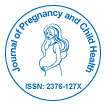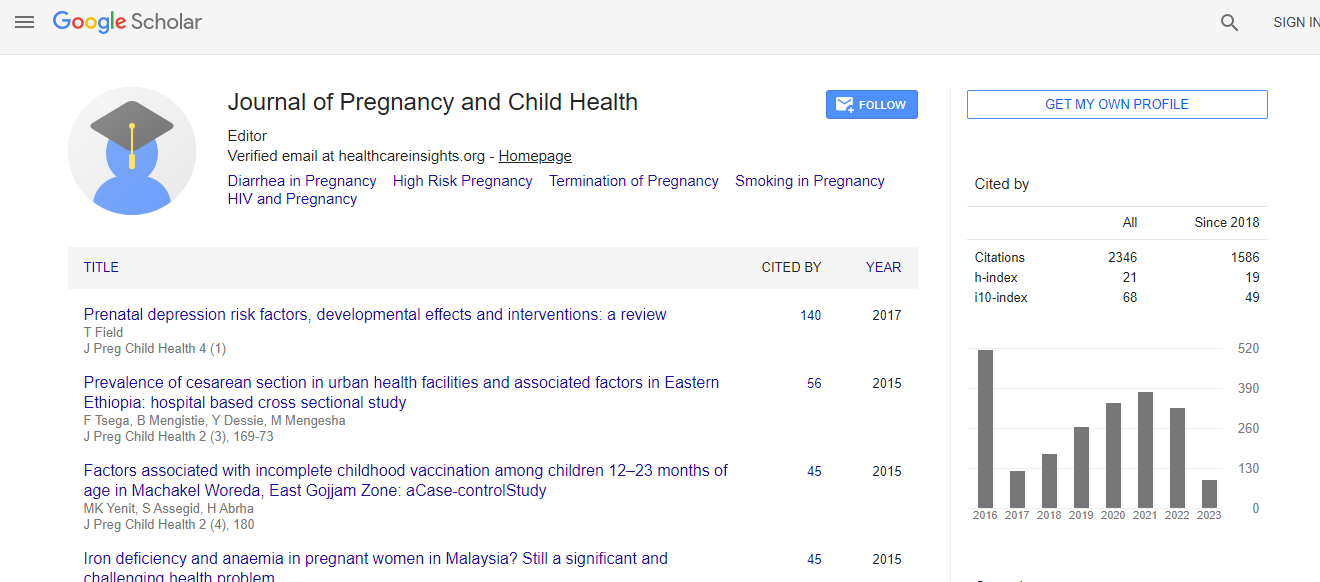Understanding Neonatal Morbidity and Mortality: Causes, Challenges, and Strategies for Improvement
*Corresponding Author: Dr. Ananya Mehta, Department of Neonatology, Global Institute of Child Health, India, Email: ananya.m@gmail.comReceived Date: Mar 01, 2025 / Accepted Date: Mar 31, 2025 / Published Date: Mar 31, 2025
Citation: Ananya M (2025) Understanding Neonatal Morbidity and Mortality:Causes, Challenges, and Strategies for Improvement. J Preg Child Health 12: 696
Copyright: © 2025 Ananya M. This is an open-access article distributed underthe terms of the Creative Commons Attribution License, which permits unrestricteduse, distribution, and reproduction in any medium, provided the original author andsource are credited.
Abstract
Neonatal morbidity and mortality remain critical global health concerns, especially in low- and middle-income countries (LMICs). Despite medical advances, approximately 2.3 million neonatal deaths occur annually, most within the first week of life. This article provides an in-depth overview of the major causes of neonatal morbidity and mortality, including prematurity, infections, birth asphyxia, and congenital anomalies. The interplay between maternal health, healthcare access, and socio-economic factors is explored to highlight systemic contributors to poor neonatal outcomes. Furthermore, the article discusses innovative and evidence-based strategies that aim to reduce neonatal deaths and complications, such as improved antenatal care, skilled birth attendance, neonatal resuscitation programs, infection prevention, and community-based interventions. Understanding and addressing neonatal morbidity and mortality require a multidimensional approach involving clinical, public health, and policy perspectives. The path to achieving Sustainable Development Goal (SDG) 3.2, which targets an end to preventable newborn deaths, lies in comprehensive, equitable, and culturally sensitive healthcare systems. Neonatal morbidity and mortality remain significant global public health challenges, especially in low- and middle-income countries. The neonatal period, defined as the first 28 days of life, is the most vulnerable time for a child’s survival. Despite notable advances in obstetric and neonatal care, approximately 2.3 million neonatal deaths occurred globally in 2023, with most being preventable. A multi-sectoral approach involving policy, education, and technology is essential to accelerate progress toward Sustainable Development Goal (SDG) 3, which aims to end preventable deaths of newborns by 2030. This paper calls for a comprehensive, equity-focused, and collaborative strategy to ensure every newborn has a chance to survive and thrive.

 Spanish
Spanish  Chinese
Chinese  Russian
Russian  German
German  French
French  Japanese
Japanese  Portuguese
Portuguese  Hindi
Hindi 
